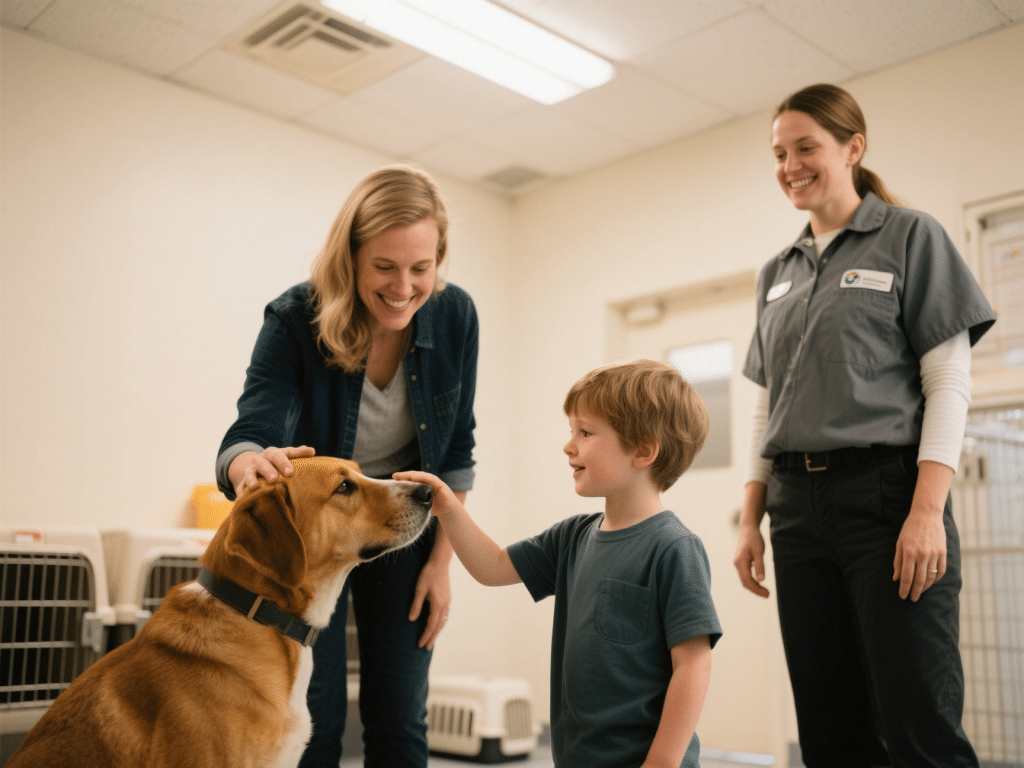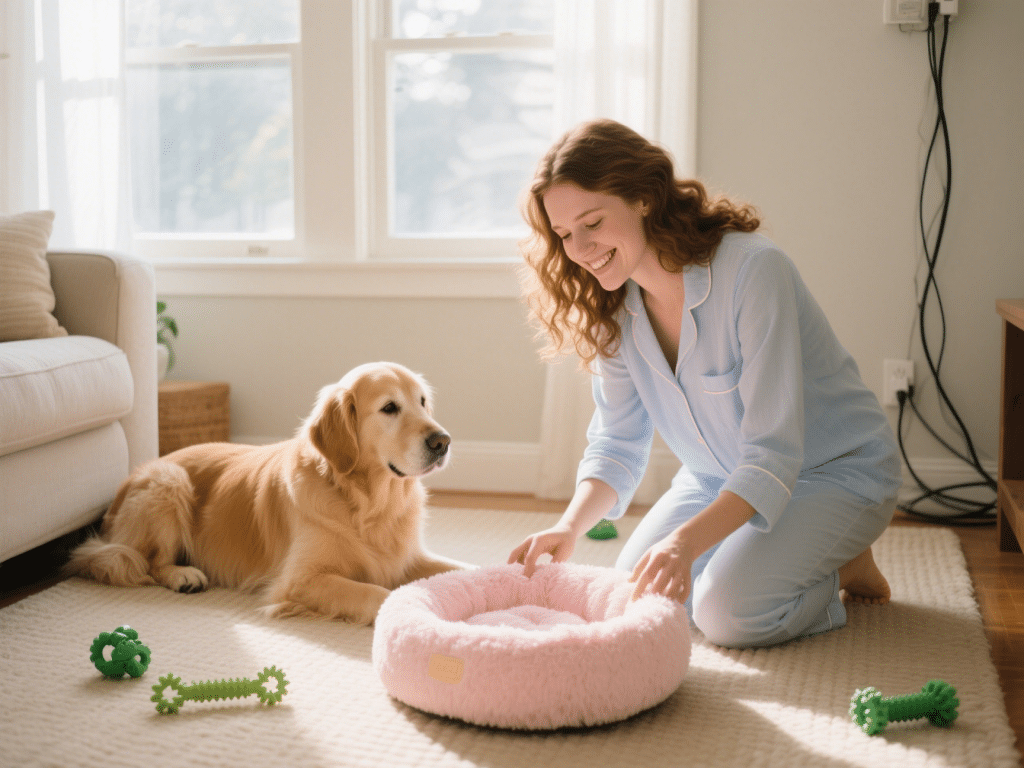The Rewarding Path to Shelter Pet Adoption
Bringing a shelter pet into your home transforms lives—yours and the animal’s. However, success hinges on thoughtful preparation and realistic expectations. Follow these best practices to ensure a smooth transition and lasting bond.
I. Pre-Adoption Preparation
Honest Lifestyle Assessment: Evaluate your daily routine, living space, activity level, and future plans. High-energy breeds demand significant exercise, while senior pets often suit quieter homes.
Research Breeds & Species: While shelter pets are often mixes, understand general breed tendencies (e.g., herding instincts, grooming needs). Consider species compatibility (cats, dogs, small mammals).
Financial Readiness: Budget for immediate costs (adoption fee, supplies, initial vet visit) and ongoing expenses (food, preventive care, unexpected medical needs). Pet insurance is highly recommended.
Home “Pet-Proofing”: Secure hazardous items (chemicals, electrical cords), remove toxic plants, and designate safe spaces for the new arrival.
II. The Shelter Visit: Beyond First Impressions
Ask Detailed Questions:
“What’s known about this pet’s history and surrender reason?”
“Observed behavior with people, children, other animals?”
“Any known medical conditions, treatments, or ongoing needs?”
“Results of temperament or behavior assessments conducted?”
Request Multiple Interactions: Don’t rush. Spend time in different settings if possible – a quiet room and a busier area. Observe reactions to various stimuli.
Bring the Household: If possible, involve all family members (including resident pets for controlled introductions if the shelter permits and facilitates safely).
Understand Shelter Limitations: Shelters operate with limited information. Be prepared for unknowns regarding a pet’s full background or potential future behavioral quirks.
III. Making the Choice & The Adoption Process
Prioritize Compatibility Over Aesthetics: Choose the pet whose temperament and energy level align with your life, not just the cutest face. A good match reduces surrender risks.
Review Adoption Contract Thoroughly: Understand spay/neuter requirements, return policies, and medical history disclosure details. Ask for clarification.
Gather Essential Documentation: Obtain all available medical records, vaccination history, microchip information, and signed contracts before leaving.
IV. The Crucial First Weeks: Setting Up for Success
Veterinary Visit Within 72 Hours: Schedule a comprehensive health check immediately, even if the pet appears healthy. Discuss vaccination schedules, parasite prevention, and microchip registration/update.
Implement a Structured Introduction:
For Dogs: Use leashed greetings in neutral territory before entering the home. Introduce resident pets slowly and methodically. Utilize crates and baby gates for safe separation.
For Cats: Start in a single, quiet room (sanctuary room) with all resources (litter, food, water, hiding spots). Gradually expand access over days/weeks using scent swapping techniques.
Establish Routine & Patience: Maintain consistent schedules for feeding, potty breaks, walks, and quiet time. Shelter pets need weeks or months to decompress fully. Avoid overwhelming them with visitors or outings initially.
Invest in Positive Reinforcement Training: Enroll in reward-based training classes (for dogs) or use clicker training (for cats/dogs). This builds trust, manages behavior, and strengthens your bond. Address minor issues proactively before they escalate.
Provide Safe Retreat Spaces: Ensure your pet has quiet, undisturbed areas (a crate, a cat tree, a separate room) where they feel secure.
A Lifelong Commitment Begins
Adopting from a shelter is an act of compassion with profound rewards. By diligently preparing, choosing wisely based on compatibility, and committing to a patient, structured integration, you provide a deserving animal with a second chance and gain a devoted companion. The initial effort paves the way for years of unconditional love and mutual enrichment. Visit your local shelter today – your future best friend is waiting.










Comments on " The Best Practices for Adopting a Pet from a Shelter" :